Hello, this is Joshua, the one who loves talking about Western music. In this 18th installment, I’ll be discussing Boston. To sum it up in one sentence: “An ultra-intellectual, perfectionist, inventor named Tom Scholz, with a band that was made for him by him.”
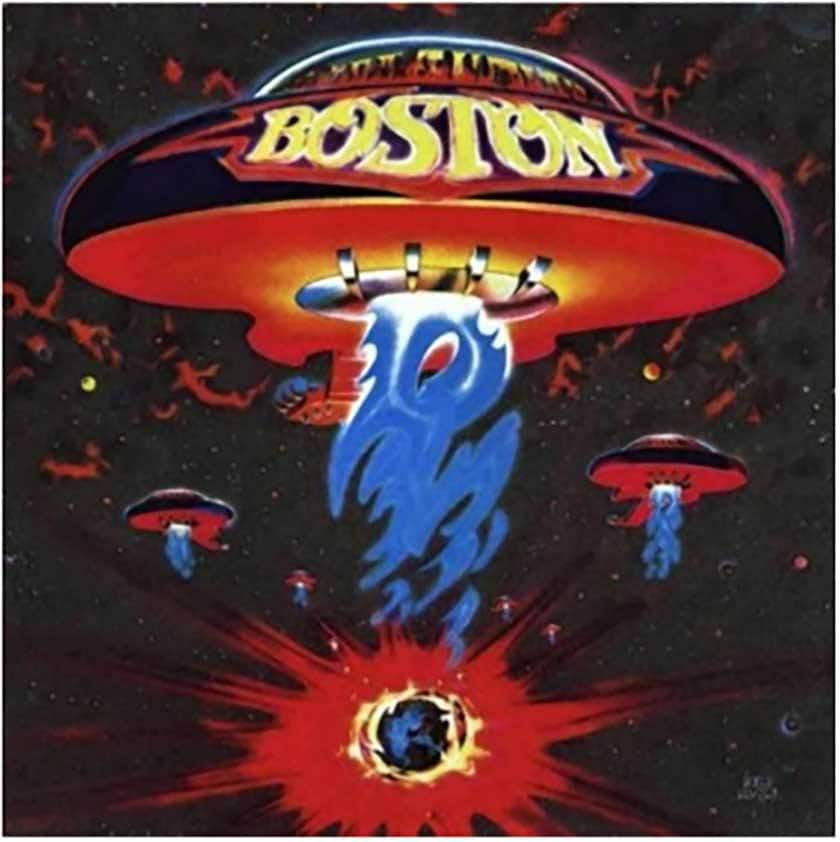
Tom, born in 1947, is a graduate of the prestigious Massachusetts Institute of Technology (MIT) in Boston. Essentially, he’s at the pinnacle of the academic hierarchy for musicians (if such a ranking exists). He obtained a master’s degree in mechanical engineering and started working for Polaroid, famous for its instant cameras. Tom famously remarked about this time: “I can’t believe I’m getting paid just for working 40 hours a week.” This is a statement only someone who had studied 80-100 hours a week at MIT could make. While most people might have stopped pursuing music after entering the workforce, Tom did the opposite. At Polaroid, he worked in the film sound department, honing his expertise. He poured his free time, salary, and knowledge into his basement studio at home, tirelessly working on demo tapes. Tom played all the instruments except drums and vocals, beginning a collaboration with local vocalist Brad Delp, who was working in a coffee maker factory at the time.
Back in those days before the internet, rock bands typically spread their names through tours. However, Tom and his band first made demo tapes and pitched them to record companies. After years of no interest, in 1975, 5 years after Tom started making demos, an executive at a record company finally expressed interest and asked to hear a live performance. Tom quickly gathered his band and decided on a band name—just like that. This eventually led to a major contract where they released 10 albums in 6 years!
The record company assigned a producer and asked Tom to record in Los Angeles based on those demos. However, Tom refused, saying, “This is the finished product, I don’t want to change it.” The producer even visited Tom’s house but initially refused to believe the recordings had been done there. After revisiting and entering the basement, the producer was astonished and said, “Alright, I get it. The master tapes are fine as they are. Let’s only do some of the recording and mixing in Los Angeles. Let’s co-credit the producer and split the royalties.” This record was Boston’s debut album, Boston (1976), which went on to sell over 25 million copies worldwide.
Boston’s sound was revolutionary. Brad Delp’s soaring high-tone voice with beautiful harmonies, combined with Tom Scholz’s guitar—producing a unique distortion with a DiMarzio Super Distortion-equipped Les Paul and blending it perfectly with acoustic guitar—was incredibly refreshing despite its layers. The twin harmonies in the guitar solos were orchestrated like a symphony. The album’s cover art, inspired by a spaceship, matched the grandeur of the music, and the pick-scratching effects during the crescendos were like sounds shot out from outer space. The Hammond organ added to the effect, especially in the intro to Foreplay, which felt like the theme song of a sci-fi movie.
■ Boston “More Than A Feeling”
After releasing their debut, Tom finally left Polaroid. During their first tour, they started as an opening act but quickly became the main attraction, growing into an arena-level act. Tom’s pursuit of musical perfection increased. His perfectionism was so extreme that the second album, Don’t Look Back, wasn’t released until 2 years later. Tom expressed his dissatisfaction, saying, “The pressure from the record company was immense, and it’s not even finished yet.”
■ Boston “Don’t Look Back”
Tom also unleashed his extraordinary talent. Seeking the ideal guitar sound, he began developing equipment such as headphone amps and preamps, which allowed for stable recordings without using traditional amplifiers. This led to the creation of the famous Rockman guitar preamp, which quickly became known for producing the sound of the first two albums with just one or two connections. In the 1980s, many artists, including Def Leppard and Alex Lifeson of Rush, adopted it. Even a famous Japanese band whose name starts with B used it, which caused its price in the Japanese second-hand market to skyrocket. People still seek this unique sound, and even today, inspired versions of the effect pedal are being released.
However, Tom’s perfectionism eventually led to discord within the band. While Tom was working on the next album, he told the other members, “Go ahead and pursue your own activities.” Guitarist Barry Goodreau started working on his solo project, but Tom was enraged when Barry’s album sounded just like Boston’s music and fired him. The record company was furious about the delays and refused to pay royalties, leading to a legal battle. Amid this turmoil, the third album, Third Stage (1986), was released 10 years after the debut. However, it was worth the wait, and the single “Amanda” reached #1 in the States. Around this time, guitarist Gary Pihl joined the band. Gary had previously been part of Sammy Hagar’s band but lost his position when Sammy joined Van Halen. Tom reached out to Gary, and he soon became Tom’s trusted partner, taking on roles such as managing Rockman, overseeing the studio, and arranging for the tour band.
However, people don’t change overnight, and Tom could not release albums quickly. The fourth album, Walk On, came out 8 years later, in 1994. By then, grunge was dominating the scene, and their sound felt outdated. While they had steadfastly avoided using synthesizers on the first three albums, they finally caved on the fourth, and the album didn’t quite match the level of their earlier work. Despite the slow pace of production and constant lineup changes, the band continued to tour across the States, where they were still well-received. Tragically, Brad Delp passed away in 2007. Despite this, Tom continued with the band, keeping the music alive with new members.
On a personal note, I had the opportunity to see their concerts twice: on June 21, 2003, at the Nissan Pavilion in Bristol, Virginia, and on July 17, 2004, at the Pier Six Concert Pavilion in Baltimore, Maryland. The first concert left a lasting impression. Tom, standing tall (6'5"!), played guitar and organ, with Gary and the other members supporting him while Brad Delp’s beautiful voice filled the air. It was a perfect package show. I managed to bring my camera and took many photos, but I was so excited that most of them turned out to be out of focus.
■ June 21, 2003 Nissan Pavilion
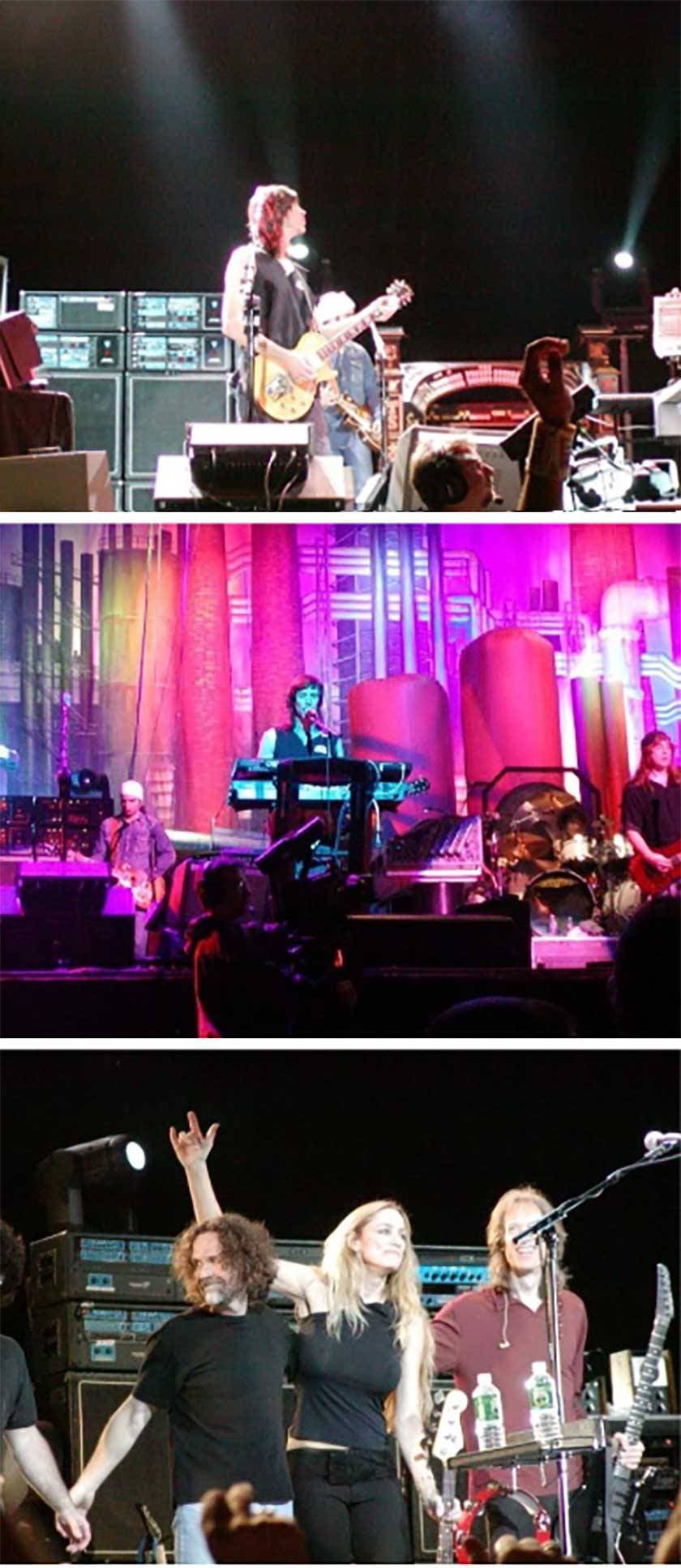
June 21, 2003 Nissan Pavilion Setlist
The Star-Spangled Banner > I Had a Good Time > Rock & Roll Band > Peace of Mind > Don’t Look Back > Livin’ for You > More Than a Feeling > Cryin’ > Someone > Cool the Engines > Surrender to Me > Hollyann > Turn It Off > With You > Let Me Take You Home Tonight > Corporate America > Walk On > Amanda > To Be a Man > You Gave Up on Love > Foreplay/Long Time (Encore: Something About You > Party > Smokin’)
■ July 17, 2004 Pier Six Concert Pavilion Ticket
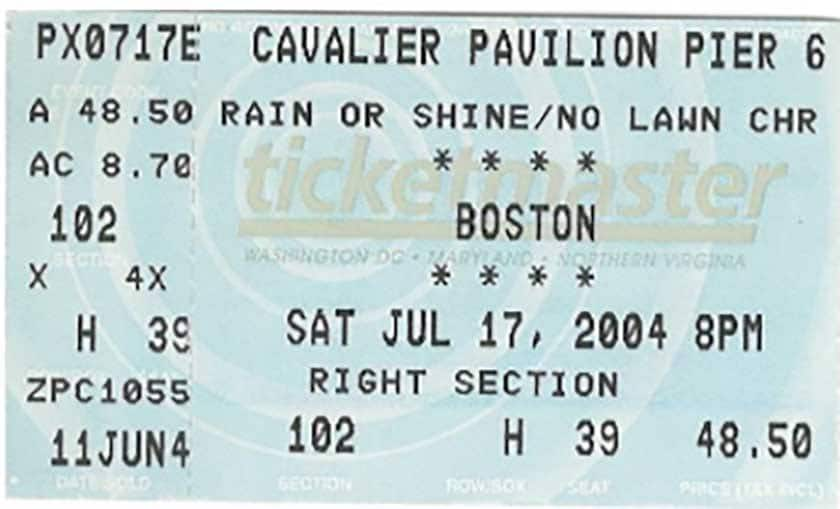
The second concert was perfect as well, but honestly, the setlist was almost the same as the first one, so I don’t have many distinct memories. Now, however, with Brad Delp’s passing, I realize how lucky I was to experience those moments. With the pandemic halting their Japan tours, it’s a reminder to attend concerts whenever we can.
The “sound & person” column is made up of contributions from you.
For details about contributing, click here.











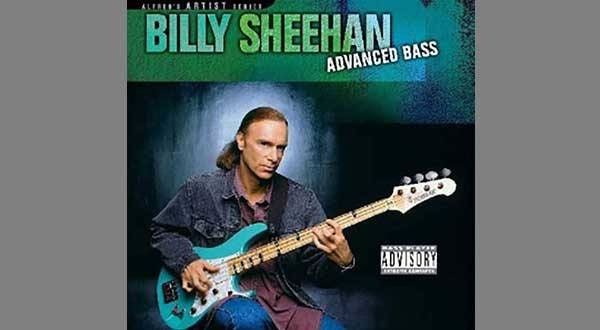
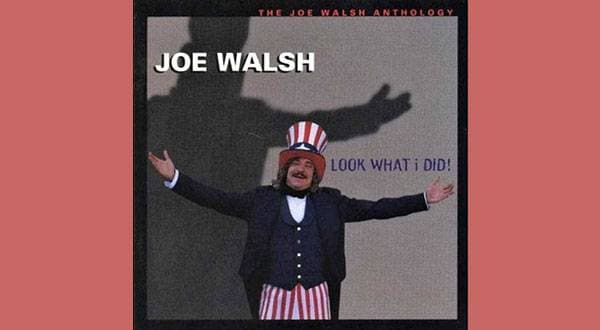
![Rock’n Me 15: Talking About Western Music - One-Man Bands [Prog Only]](/contents/uploads/thumbs/5/2022/1/20220128_5_16436_1.jpg)
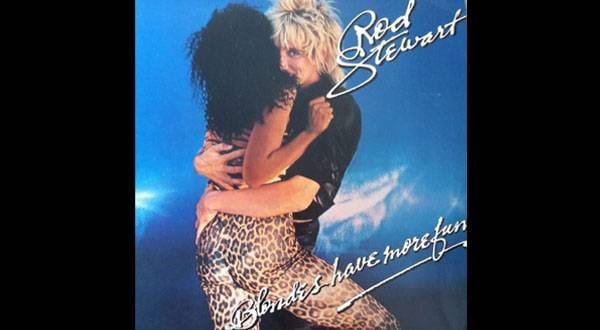
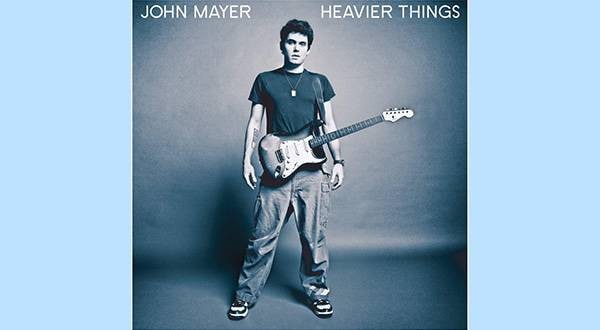
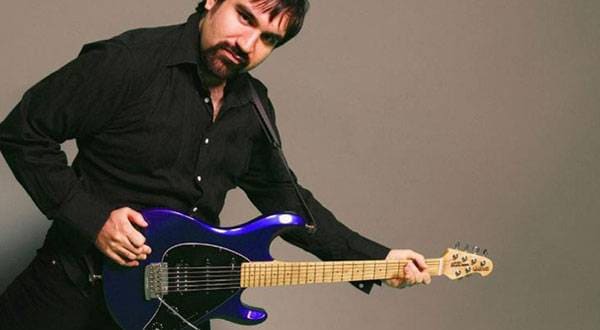
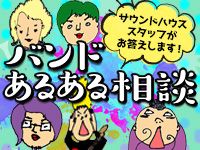 バンドあるある相談
バンドあるある相談
 基礎から学ぶベースレッスン
基礎から学ぶベースレッスン
 SONEX 吸音材特集
SONEX 吸音材特集
 サウンドハウス社員が選ぶ 『おもしろ商品』はコレだ!
サウンドハウス社員が選ぶ 『おもしろ商品』はコレだ!
 DTMセール情報まとめ
DTMセール情報まとめ
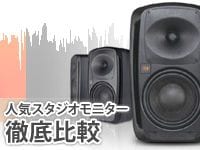 人気スタジオモニター徹底比較
人気スタジオモニター徹底比較















